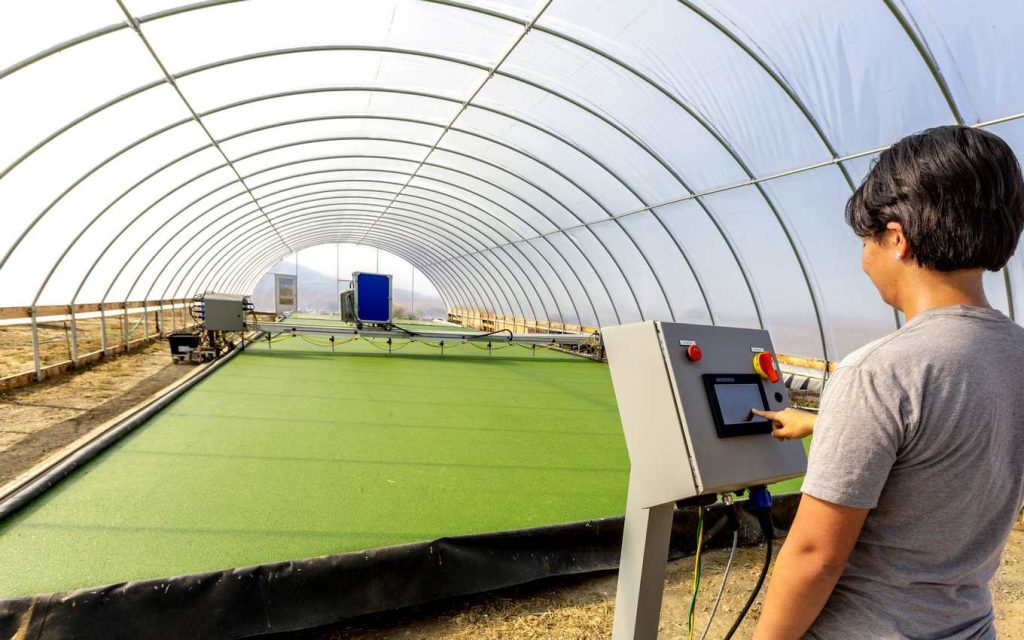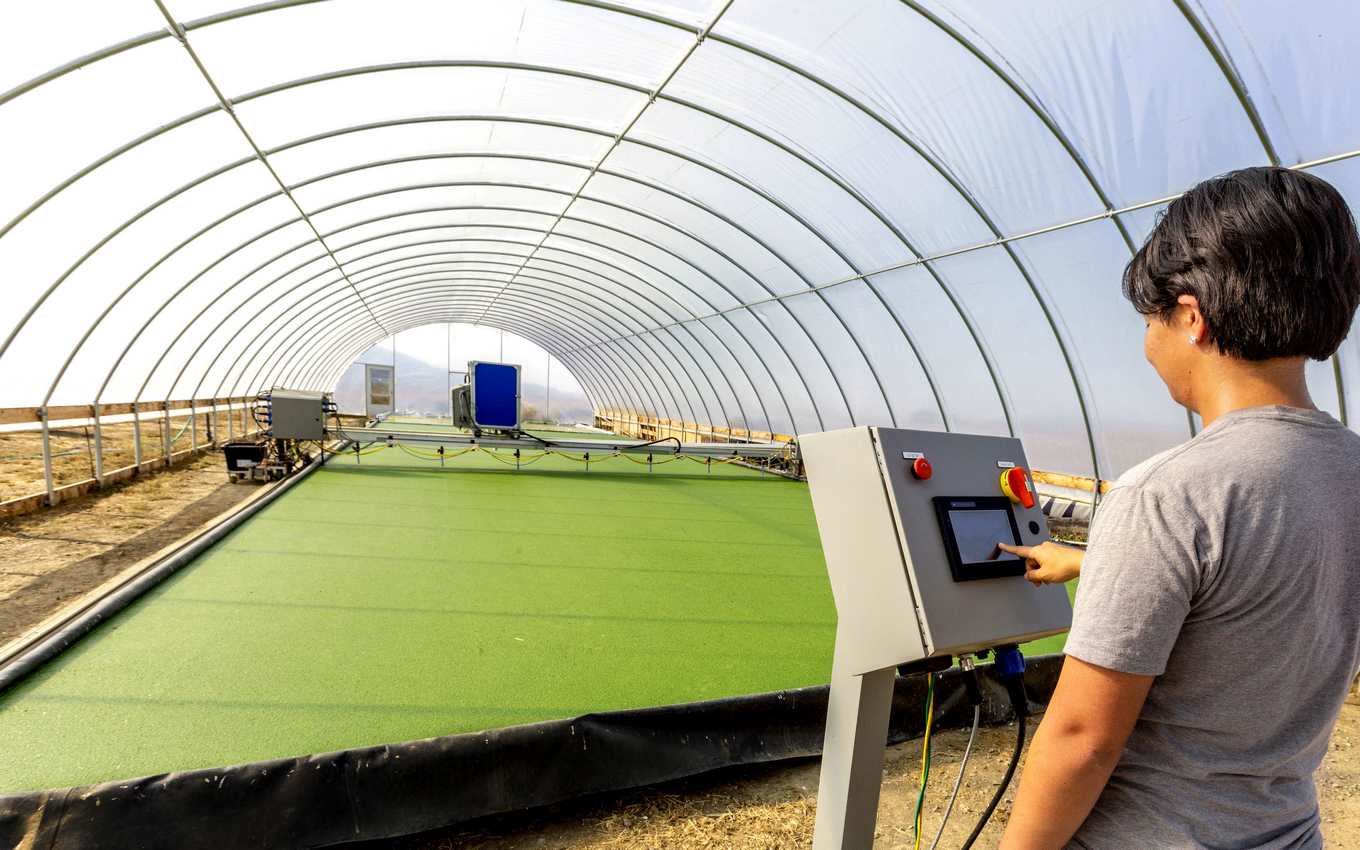
Using a water-born crop that grows at breakneck speed, an innovative cattle feed startup could reduce livestock emissions in a variety of ways.
By reducing methane emissions from the bovine’s digestion, growing the plants on smaller lots than traditional feed, and using the farm’s manure to cover input costs, the aquatic feed offers protection to the invaluable beef industry from zealous politicians and activists who aren’t willing to wait for innovation to improve the carbon footprint of livestock.
Called Fyto, the startup boasts of a “library” of aquatic crop varieties that offer superior nutrition compared to other feeds like alfalfa.
Relatives of a common pond vegetation called duckweed are grown in installed greenhouses on the farm. In a pool of water, which they ironically consume in far less amounts than terrestrial crops, the duckweed can double in size every three days, which is among the fastest growing speeds for any crop for any purpose, expect for some species of bamboo.
The greenhouses’ speed and efficiency is believed to be able to support large herds of beef and dairy cattle on less land than herds from Brazil, where forest is cleared for soybean plantation to feed the cattle, generally need.
RELATED: Australian Scientists Create Seaweed Supplement for Cows that Reduces Methane Emissions by 80%
Cattle ranching, like a lot of things in agriculture, is all about input costs—feed, land, antibiotics, manure management, there’s a lot that goes into it unless the cattle are pastured on public land like National Forest land. Some pilot projects using Fyto have cut certain input costs like water and manure management by half.
Further still, the plants reproduce “vegetatively,” meaning there are no seeds; the female plants simply sprout the next generations as a kind of second limb.
Best of all, explains Jason Prapas, founder and CEO of Fyto, it’s cheap.
“This won’t have any impact if it can’t be cost competitive with what people need to feed their animals,” Prapas told Fast Company.
“So that’s been key from the first notebook sketches, let alone to the first production units. I’m happy to say that this actually can compete on costs with commodity products. And that’s largely owing to the plant science team helping us get yields that are really an order of magnitude higher than other crops.”
Plus, Prapas says, the cows absolutely love to eat it.
CHECK OUT: One Way To Protect Cattle From Predators? Paint Eyes On Their Butts. Really.
“I’ve never known a cow could gallop until we started to do our pilot feedings last summer,” Prapas says. “And we saw them consistently running over to us when we brought the Fyto feed over.”
Fyto just recently closed a $15 million Series A financing round, including investment from Google.
SPREAD This Green News With Your Friends…




















